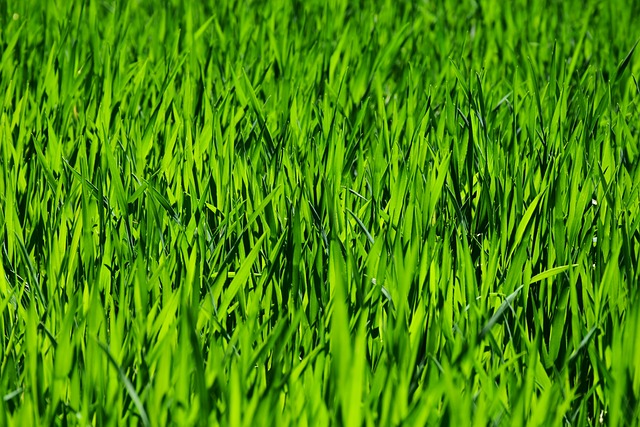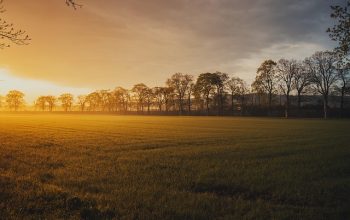Lawn care and landscaping are complementary fields that transform outdoor spaces, with lawn care focusing on grass health through maintenance practices and landscaping designing and arranging elements like plants, trees, and hardscapes. Integrating these practices enhances property value, improves air quality, and creates low-maintenance environments tailored to individual preferences while considering climate and soil type. Professionals in these fields create custom designs that turn yards into stunning outdoor spaces, increasing property values and contributing to environmental health.
Landscaping design isn’t just about aesthetics; it’s an art that transforms outdoor spaces into functional, vibrant areas enhancing property value and quality of life. Effective landscaping combines lawn care with strategic planning, choosing plants suited to local climates and soils, and designing areas that invite relaxation and entertainment.
This guide delves into the essential elements of successful landscaping, from initial site assessment and budget setting to irrigation systems and ongoing maintenance, empowering you to create a beautiful and lasting outdoor oasis.
Understanding Lawn Care and Landscaping

Lawn care and landscaping go hand in hand, each playing a crucial role in enhancing outdoor spaces. Lawn care involves the maintenance and cultivation of grass areas, ensuring they remain healthy, lush, and visually appealing. This includes regular mowing, watering, fertilizing, and pest control to keep the lawn vibrant and robust. Proper lawn care not only contributes to the overall aesthetics of a property but also provides numerous environmental benefits, such as improving air quality and reducing noise pollution.
Landscaping, on the other hand, is an art form that focuses on designing and arranging various elements in an outdoor setting. It involves creating functional and aesthetically pleasing spaces by incorporating features like plants, trees, shrubs, hardscapes (e.g., patios, walkways), and water bodies. Successful landscaping requires careful planning, considering factors like climate, soil type, and the client’s preferences. By integrating lawn care practices into landscaping design, professionals can ensure that the chosen plants and features thrive, creating a harmonious outdoor environment that is both beautiful and low-maintenance.
– Defining lawn care and landscaping

Lawn care and landscaping are integral aspects of property maintenance, focusing on enhancing outdoor spaces. Lawn care involves the cultivation and preservation of grass areas, ensuring they remain healthy, vibrant, and aesthetically pleasing. This includes regular mowing, watering, fertilizing, and weed control to create a lush, green environment. On the other hand, landscaping is a broader term that encompasses the design and arrangement of various natural and constructed elements in outdoor settings. It involves planning and implementing features like plants, trees, shrubs, flowers, patios, walkways, water features, and lighting to transform raw land into scenic, functional spaces.
Effective lawn care and landscaping not only beautify properties but also contribute to environmental health by providing habitats for local wildlife and improving air quality. Skilled professionals in these fields can create custom designs tailored to clients’ preferences and needs, considering factors like climate, soil conditions, and available space. By combining art and science, they transform ordinary yards into stunning outdoor oases that increase property values and provide enjoyable living spaces.
Lawn care and landscaping are art forms that transform outdoor spaces into vibrant, functional areas. By understanding the basics of defining lawn care and landscaping, individuals can enhance their properties, fostering a beautiful and harmonious environment. This practice involves careful planning, creative design, and sustainable implementation to create a sanctuary that reflects personal style while contributing to the overall well-being of both residents and the local ecosystem.



